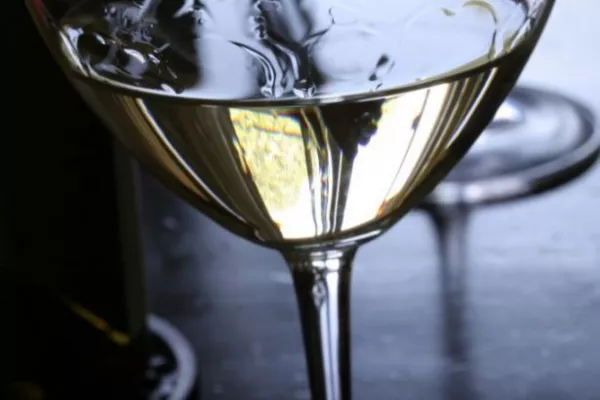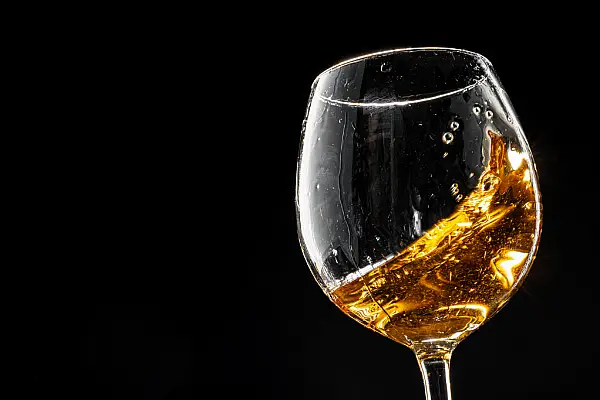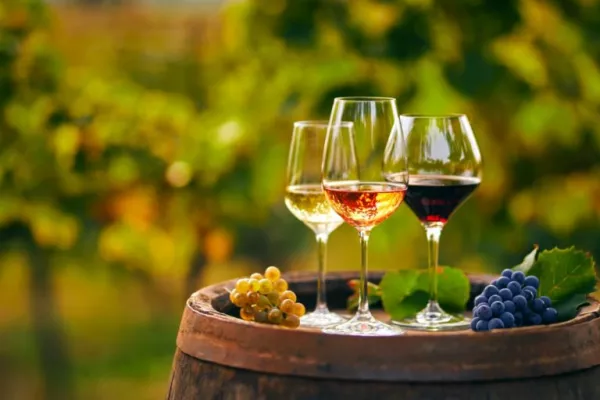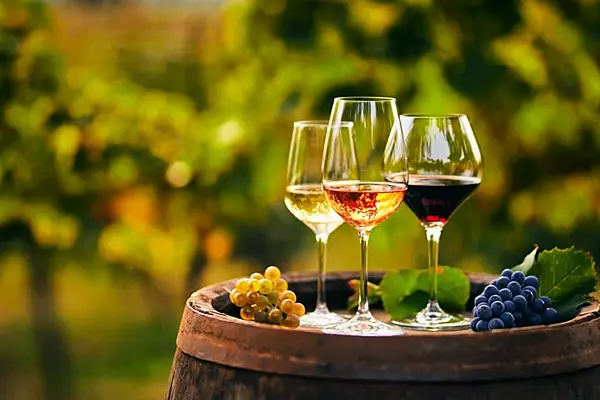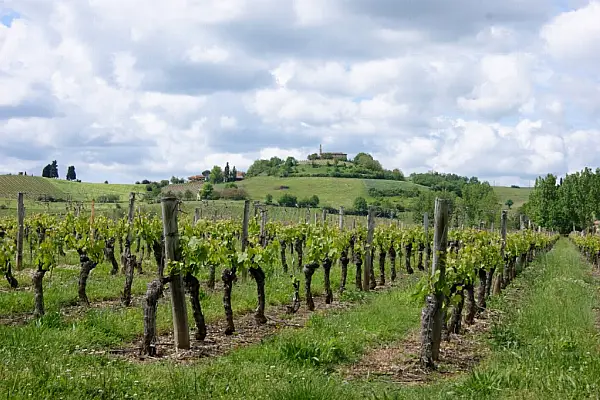In June, five international water sommeliers judged the second water tasting competition in Guangzhou, China. They swirled, sniffed, and sipped about 70 different brands of the simplest beverage on earth, and awarded gold, silver, or bronze medals.
One of them was Martin Riese, the first and only water sommelier in the U.S, who does exactly what a wine somm does, but with water: understanding its taste complexities, selecting a list of waters from around the world for a restaurant, and pairing them with food. “Most people,” he says tartly, “are doing water wrong.”
A Global Trend
You can roll your eyes, but this is a real job, and one of many; there’s a whole new wave of new sommeliers who pour beverages other than wine.
As the image of somms has gone from snooty and supercilious to glamorous and hip, the world’s 236 master wine sommeliers have become bona-fide celebs, like Michelin-starred chefs.
No wonder “somm” is fast becoming the shorthand for just about any knowledgeable specialist in a restaurant who traffics in quaffable tastes and aromas and advises on what goes best with what. Calling yourself a tea somm, for example, underscores the idea that tea deserves the same respect as wine – especially when top examples cost as much as $1,000 a pound.
Do master somms, who pass rigorous exams to earn their status in the wine world, approve? Their Washington, D.C. symposium a couple of weeks ago featured a discussion on somm expansion.
“It proves people are finally comfortable with us – it’s the highest compliment,” says John Ragan, wine director for Union Square Hospitality group.
Pascaline Lepeltier, who presides over wine at newly reopened Rouge Tomate, is flattered and points out that sommeliers originally had a wider role at the table than just wine.
But Geoff Kruth, president of GuildSomm is less than enthused, “Terms like water sommelier or even towel sommelier –I’ve actually seen this—strike me as more farcical than relevant,” he emailed.
My take? I think they’re all here to stay. Here’s why, and some styles of somm you may soon need to know.
Cider
“The term gives professionalism to any beverage,” says Dan Pucci, the cider director at New York’s Wassail restaurant (and a wine somm, too). “Serious craft cider is so new people don’t know much about it yet.” He evaluates examples the same way he does wine: “I look for balance, sweetness, fruit, tannin, acid, and structure.”
“Pommelier” has been tossed around jokingly as a possible cider version of sommelier, but the U.S. Association of Cider Makers, which just launched a certification program, hasn’t yet decided what to use.
Pucci’s favorites: Redbyrd Orchard ($15-$20) and South Hill ($15-$30) ciders from the Finger Lakes.
Tea
In 2014, Hong Kong got its first tea sommelier, Kelvin Ng. He introduced the six-course tea-pairing menu at two-star Michelin restaurant Yan Toh Heen.
His New York counterpart, former wine somm Christopher Day, curated the tea menu at Michelin-starred Eleven Madison Park and says fine tea is every bit as complex, subtle, diverse and nuanced as fine wine. (I concur.) He studied with Chas Kroll, head of the International Tea Masters Association, who has trained hundreds of experts.
Day’s top tea pairing: Dongfang Oriental Beauty oolong ($90, 1 lb.) with cherry almond cake.
Water
Riese, certified in Germany by one of the few schools for water specialists, created water menus for Patina Restaurant Group in L.A. “There’s a lot of misinformation out there about quality water,” he warns. “All have unique flavor profiles that partly reflect the mineral content.” The U.S. is way behind Germany in appreciating haute H2O. Only 50 high end water varietals are available here; Germany has 500.
But interest is growing, with U.S. sales of bottled water topping soda for the first time this year.
Riese’s top waters: Denmark’s Iskilde ($18.50, 1-liter): Spain’s sparkling Vichy Catalan ($38.50, 1-liter).
Rum
Recently Caribbean resorts have coined ‘rummelier’ for the experts at rum bars. Guyana-native Rushelle Oliver holds the job title at newly opened Zemi Beach House, a luxury resort in Anguilla.
Her training started informally, with sips from her grandfather’s glass at age 10, and she studied dozens and dozens of luxe rums to put together Zemi’s menu of 100. Yes, there’s at least one certification program, through the West Indies Run and Spirits Association.
Oliver’s favorite: El Dorado 21 Year from Guyana ($100).
Sake
Sake academies in the U.S. and U.K. have embraced the “somm” word; next month the UK’s Sake Sommelier Association (UK) will hold its annual Sake Sommelier of the Year competition. The U.S. has dozen, many at Japanese restaurants like Boston’s O Ya, where sake somm Nancy Cushman matches it to the seasons as well as the dish.
Cushman’s top fall sake: Junmai Ginjo Yuki no Bosha “Cabin in the Snow” ($40)
Small and large companies are rushing to certify experts on their own proprietary coffees, hardly the objective training master somms receive. Giant Swiss-based Nespresso has grabbed the term ‘sommelier;’ Counter Culture Coffee (and the Specialty Coffee Association of America) object.
“We felt “sommelier” belonged to the wine industry,” says Thomas Costello of Counter Culture, which, like SCAA, favors ‘coffee steward’ because brewing is part of coffee service. One of their stars is Richard Alvarez of Chicago’s Michelin-starred Alinea, where Counter Culture supplies all the coffees.
Hot Sauce
Naturally, hipster Brooklyn is broadening the concept even further: it’s home to the world’s only somm for hot sauce. When Heatonist, a shop with 120 varieties, opened last year, co-owner Noah Chaimberg started calling himself a somm, because, he says, “It’s a term people understand.” His expertise comes from tasting 6,000 examples and hosting pop-up pairing events, and he evaluates 40 or 50 sauces for every one he carries.
How to judge hot sauce? Chaimberg rates on nine factors: heat, vinegar, smokiness, acidity, saltiness, garlic, sweetness, fruitiness, texture.
Chaimberg’s favorite: smoky, earthy Dawson’s Heatonist #1 ($18)
What’s next? Colorado already has a school to train pot somms, and there will be more. Next month five states, including California, will vote on whether to make weed legal.
News by Bloomberg, edited by Hospitality Ireland
